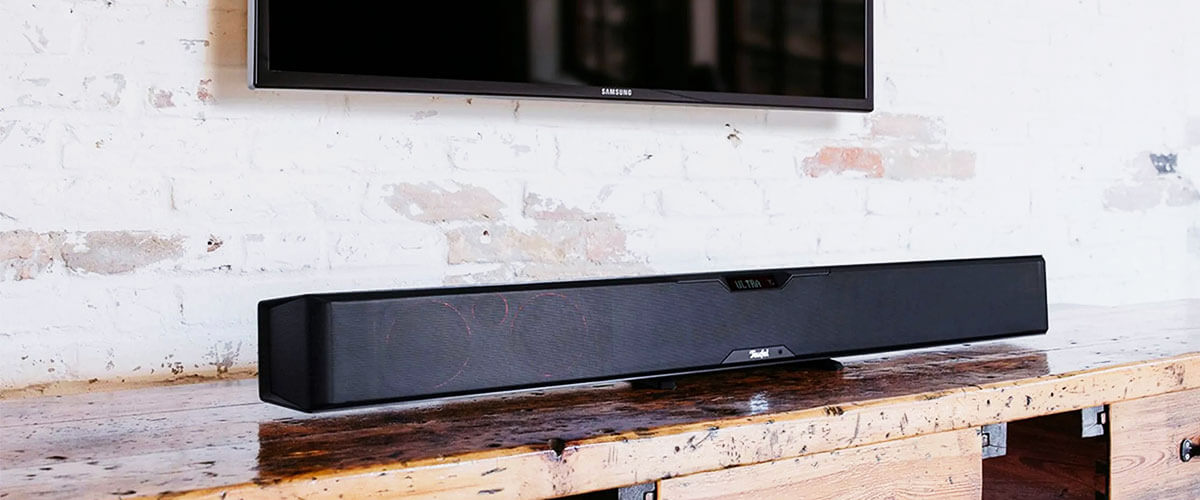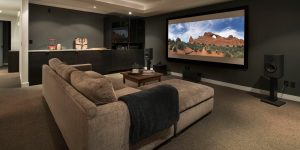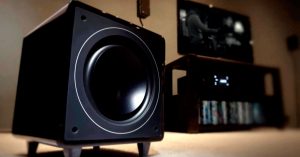Setting up and correctly positioning the soundbar are quite important factors that directly affect the final sound quality. Even if you’re a beginner and the terms HDMI, ARC, Ethernet, and Optical scare you, don’t worry; I’ll explain everything in simple, easy-to-understand language.
It is best if a soundbar is placed in front of a TV as, in this case, you will be provided with high-quality audio. If your soundbar comes with a subwoofer, then it is likely that a wired connection is needed. Otherwise, the subwoofer can be connected wirelessly and placed within 10 meters from the main device. Ideally, you will have walls to the left and right sides of the unit as they reflect the sounds. However, it is important to keep it away from the walls since it can lead to boomy bass. Locating your soundbar in the middle of a room would be perfect because it would help disperse sound around the space evenly. Another important thing to mention is that you will get rich and balanced audio if the unit is placed within a foot of the height of your ears. If the soundbar has Dolby Atmos support, you will be given a special instruction menu that will help you place and set up the system for surround sound.
How to connect your soundbar

Whatever kind of soundbar you own, if its quality is decent, then it probably has a digital coaxial or digital optical input. The first thing you need to do is figure out whether your TV has ports that will work with a soundbar. Usually, TVs have inputs of both types, so the wired connection is not going to be a problem. The cables used for this connection are able to carry high-quality stereo signals. In addition, the 3.5mm line out connector can be used as well. In this case, you have to choose the one labeled ‘line out’. This is to warn that there is a headphone jack that looks very similar. Nevertheless, these are not the best options if you aim to get a surround sound. For such a purpose, you need HDMI inputs and outputs. The point is that these cables can carry significantly more data than others. Basically, it allows you to listen to tracks of higher-quality formats. For instance, it can be Dolby Atmos and DTS:X.
First, open a TV menu and switch to output sound to an external speaker system. If you do not do that, then the sound will come out from the built-in TV speakers, or it will be just silent. In case your TV supports HDMI, then the soundbar can be listed as the brand name. For example, Sony (Bravia Sync), LG (Simplink), or Panasonic (Viera Link). Now, you can adjust the sound because every room has a different size and shape, influencing the audio quality.
When you are done with that, start adjusting the subwoofer level that can be integrated with the soundbar pretty well. Usually, the volume of the subwoofer should be reduced since it is set quite high by default. Next, try out your soundbar’s settings and the special effects the manufacturer provides. It can be ‘cinema’ or ‘3D’ modes that noticeably improve the sound quality when watching films.
We are supported by our audience. When you purchase through links on our site, we may earn an affiliate commission at no extra cost to you.
Our newsletter
* We will never send you spam or share your email with third parties








